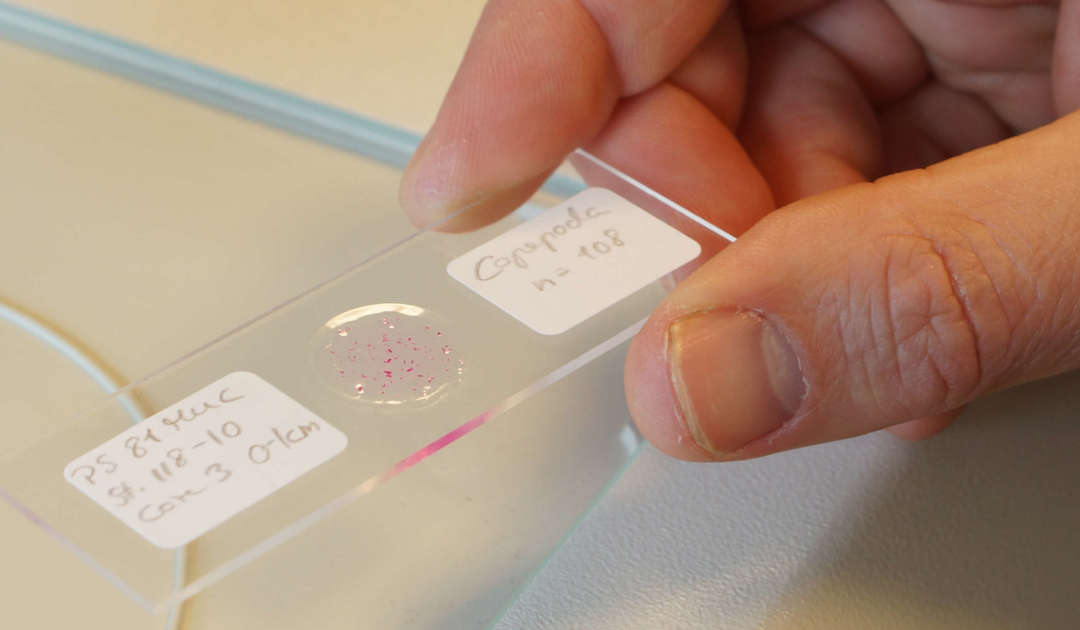Research
Meiofauna Ecology
Meiofauna organisms rapidly react to a changing environment. The small animals that belong to the meiofauna are between 32µm and 1 mm in size. They live in the interstitial (between the sand grains) and in muddy sediments on the sea floor.
Meiofauna reacts very sensitively to grain size or the oxygen concentration in the sediment, to the occurrence and abundance of competitors for food or the negative influence of freshwater. These and other factors directly influence the community structure and species composition of the meiofauna.
With several experimental approaches and expeditions we investigate these relationships.
In ongoing projects we investigate the meiofauna in the intertidal zone of the island of Sylt. We cooperate with colleagues from the Wadden Sea station of the Alfred-Wegener- Institute for Polar and Marine Research in List.
Together with Dr. Nils Volkenborn we tested the reaction of meiofauna on the presence or absence of the lugworm which is known to be a “bioengineer” (Kuhnert et al. 2010). With Dr. Christian Buschbaum we investigate the influence of the invasive Pacific Oyster on the meiofauna.
In the EU-Network of Excellence MarBEF we participated in the meiofaua project MANUELA (Meiobenthic and Nematode biodiversity – Unravelling Ecological and Latitudinal Aspects). During a pan-European experiment we investigated the influence of enhanced rain fall on the meiofauna of beaches.
